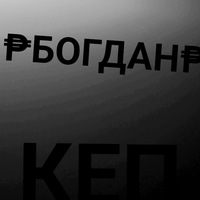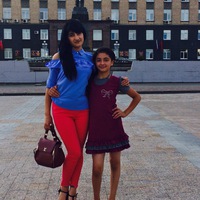
Срочно различия Катол и Провославия
 0
0
 0
0
Ответы на вопрос
 Внимание! Ответы на вопросы дают живые люди. Они могут содержать ошибочную информацию, заблуждения, а также ответы могут быть сгенерированы нейросетями. Будьте внимательны. Если вы уверены, что ответ неверный, нажмите кнопку "Пожаловаться" под ответом.
Внимание! Ответы на вопросы дают живые люди. Они могут содержать ошибочную информацию, заблуждения, а также ответы могут быть сгенерированы нейросетями. Будьте внимательны. Если вы уверены, что ответ неверный, нажмите кнопку "Пожаловаться" под ответом.

Ответ:
Кроме того, в католических церквях установлены скамьи, на которых верующие сидят во время части богослужения. Для православия, напротив, важно, чтобы перед молящимся оставалось достаточное пространство для совершения земных поклонов.
 0
0
 0
0

Differences between Catholicism and Orthodoxy
Catholicism and Orthodoxy are two major branches of Christianity with distinct beliefs, practices, and organizational structures. Here are some key differences between the two:
1. Authority and Leadership: - Catholicism: The Pope, based in Vatican City, is considered the supreme authority and the successor of Saint Peter. He has the power to make infallible statements on matters of faith and morals. - Orthodoxy: There is no central authority figure like the Pope in Orthodoxy. Instead, authority is distributed among various autocephalous (self-governing) churches, each led by a patriarch or metropolitan.
2. The Filioque Controversy: - Catholicism: The Catholic Church believes in the "Filioque" clause, which states that the Holy Spirit proceeds from both the Father and the Son. This addition to the Nicene Creed was a major point of contention between the Catholic and Orthodox Churches. - Orthodoxy: The Orthodox Church rejects the Filioque clause and believes that the Holy Spirit proceeds from the Father alone. This difference in theology has been a significant factor in the historical schism between the two branches.
3. Liturgical Practices: - Catholicism: The Latin or Roman Rite is the most widely practiced liturgical tradition in Catholicism. It emphasizes the use of Latin in the Mass and follows a more uniform structure. - Orthodoxy: The Orthodox Church has a rich diversity of liturgical traditions, including the Byzantine, Russian, and Antiochian rites. These traditions often use local languages and have distinct cultural expressions.
4. Sacraments and Practices: - Catholicism: The Catholic Church recognizes seven sacraments, including baptism, confirmation, Eucharist, reconciliation, anointing of the sick, holy orders, and matrimony. The Eucharist is considered the central sacrament. - Orthodoxy: The Orthodox Church also recognizes seven sacraments, but they are referred to as "mysteries." The Eucharist is considered the most important sacrament, and it is often celebrated with greater frequency.
5. Iconography and Devotion: - Catholicism: While Catholicism also uses icons, they are not as prominent as in Orthodoxy. Catholic devotions often include the veneration of saints, the use of rosaries, and various devotional practices. - Orthodoxy: Iconography plays a central role in Orthodox worship and spirituality. Icons are considered windows to the divine and are venerated as a means of connecting with the spiritual realm.
Please note that these are general differences and there may be variations within each branch of Christianity. For a more comprehensive understanding, it is recommended to consult additional sources
 0
0
 0
0
Похожие вопросы
Топ вопросов за вчера в категории История
Последние заданные вопросы в категории История
-
Математика
-
Литература
-
Алгебра
-
Русский язык
-
Геометрия
-
Английский язык
-
Химия
-
Физика
-
Биология
-
Другие предметы
-
История
-
Обществознание
-
Окружающий мир
-
География
-
Українська мова
-
Информатика
-
Українська література
-
Қазақ тiлi
-
Экономика
-
Музыка
-
Право
-
Беларуская мова
-
Французский язык
-
Немецкий язык
-
МХК
-
ОБЖ
-
Психология
-
Физкультура и спорт
-
Астрономия
-
Кыргыз тили
-
Оʻzbek tili

























